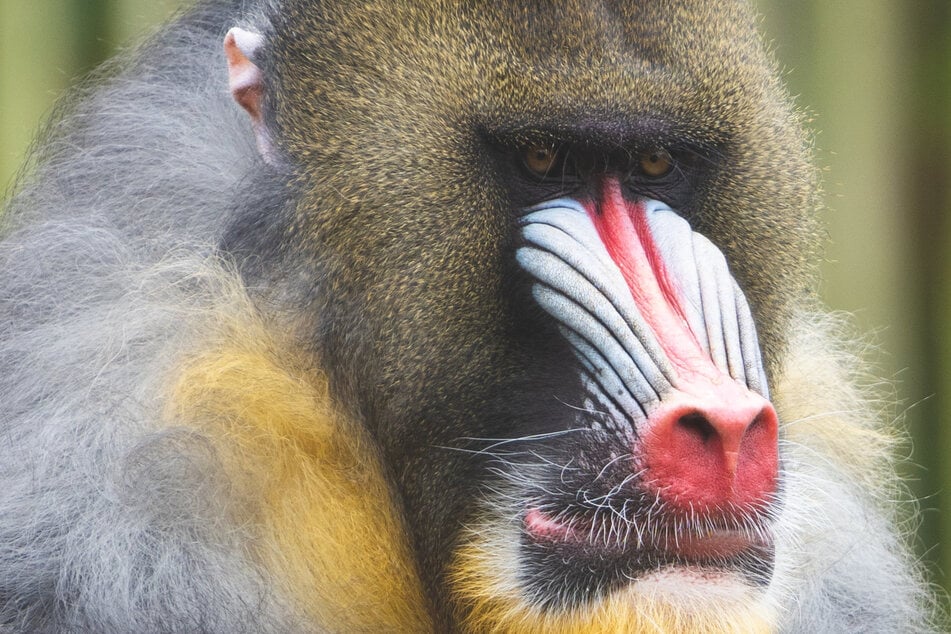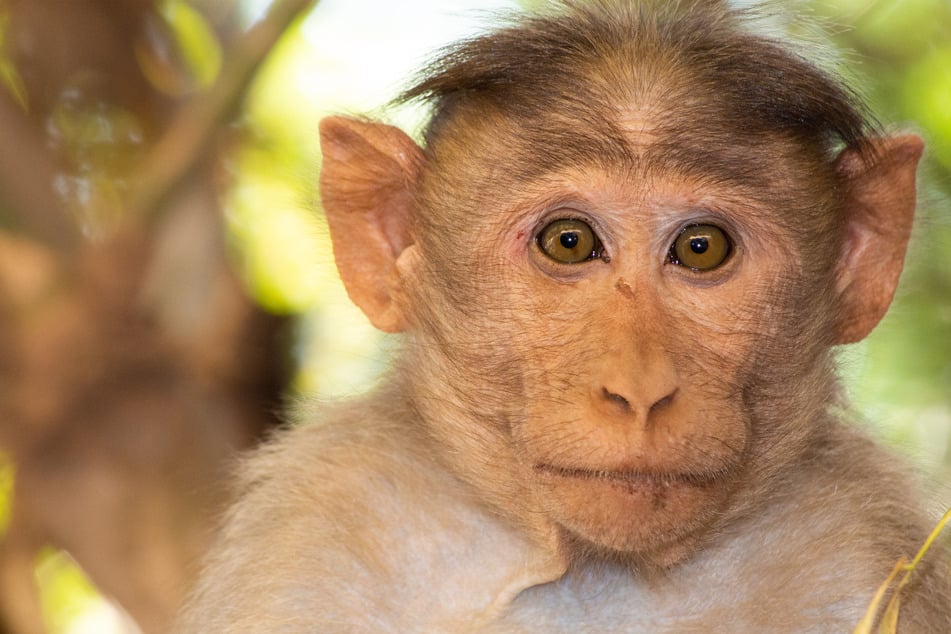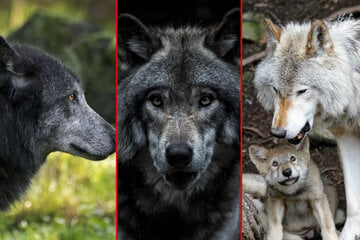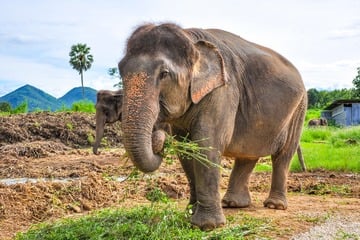What is the biggest monkey in the world?
Everyone assumes that the biggest monkey is the humble gorilla, but they're not actually monkeys. So where does that put us? What is the biggest monkey in the world, and how huge is it?

The gorilla is a gorgeous, giant animal that's native to the rainforests of central Africa in countries that include Uganda, Rwanda, and the Democratic Republic of the Congo.
But you might be surprised to learn that gorillas actually aren't monkeys at all.
With this in mind, it's time to take a deep dive into the true animal record holder for biggest monkey in the world.
How big is the largest monkey, why aren't gorillas included, and what's the biggest sea monkey?
The biggest monkey in the world
The mandrill, a primate native to equatorial Africa, is the largest monkey in the world. Giant, colorful creatures with distinctive blue and red faces, mandrills look remarkably similar to humans in a plethora of ways and are insanely recognizable. Like all monkeys (not apes), mandrill are still significantly smaller than the average human.
Classified as vulnerable by the IUCN, mandrills forage for fruit and small animals with big, long arms that are remarkably strong. Sadly, these incredible animals are at risk of human hunting and poaching. On top of that, their natural habitat is being destroyed by agriculture and infrastructure projects in the countries that mandrills call home.
Fun fact: These beautiful monkeys actually store excess food in their cheeks. They then snack on them whenever they're feeling a little peckish.
How big is the largest monkey ever?
It's surprising that an animal known to be the biggest of all monkeys is, admittedly, not all-that big (in comparison, the smallest monkey is far more impressive). You need to remember that these beautiful creatures are monkeys, not apes, and as a result are not known to be particularly huge. For context, when walking on all fours, these mandrills only stand up to our waist.
The average mandrill will stand about 3-feet tall and will weigh about 70–80 pounds. They generally live for about 20 years, are known to be omnivores, and are significantly larger than their closest monkey friends.
Why are gorillas not the biggest monkeys?
Gorillas, and various other monkey-like animals, such as chimpanzees and orangutans, are not defined as monkeys. While they are primates, gorillas and the like are far more similar to humans than the average monkey and are classified as apes. There are a variety of differences between monkeys and apes.
Here are the key reasons why gorillas are not monkeys:
- Size: Gorillas are significantly bigger, averaging between 300–400 pounds when fully grown.
- Food: Gorillas are herbivores, while most monkeys are omnivores and will eat a variety of lizards, insects, and eggs on top of their vegetables.
- Location: Gorillas are only really found on the African continent, while monkeys are also found in Asia, South and Central America and Africa as well.
- Physical differences: Gorillas are apes and, as a result, have no tail, are stronger and more muscular, have flatter noses than monkeys, and are far less agile.
- Smarts: Apes are far smarter than monkeys, and the same goes for the humble gorilla.
Most of the key differences that we have described also apply (for the most part) to all other apes.

What is the biggest sea monkey?
Let's start by clearing up any potential confusion: sea monkeys are not actually "monkeys."
The name is a marketing term for brine shrimp that has become part of the public vernacular. These tiny little shrimp have become a novelty pet across the US. They are generally purchased at eggs, which are then germinated in a home tank, where the shrimp then spend their life.
There is no record regarding the largest individual sea monkey to ever exist, but they generally grow to be about one inch long. Anything over that length is likely to be a contender.
What was the biggest monkey in history?
To finish off this article, we're going to briefly break our own rule: the biggest ape in history was the gigantopithecus, which lived between 400,000 and 2 million years ago. Fossilized remains of these insanely huge creatures have been discovered in southern Asia, and potential specimens have also been found in Thailand and Vietnam.
Apparently a herbivore, this massive animal had insanely strong jaws that were capable of consuming tough and highly fibrous plants. They are thought to have been remarkably similar to gorillas. Analysis of remains discovered in China indicate that these insanely huge apes could have weighed as much as 450–650 pounds.
Now that's what you call ape-solutely humongous!
Cover photo: Unsplash/YS




